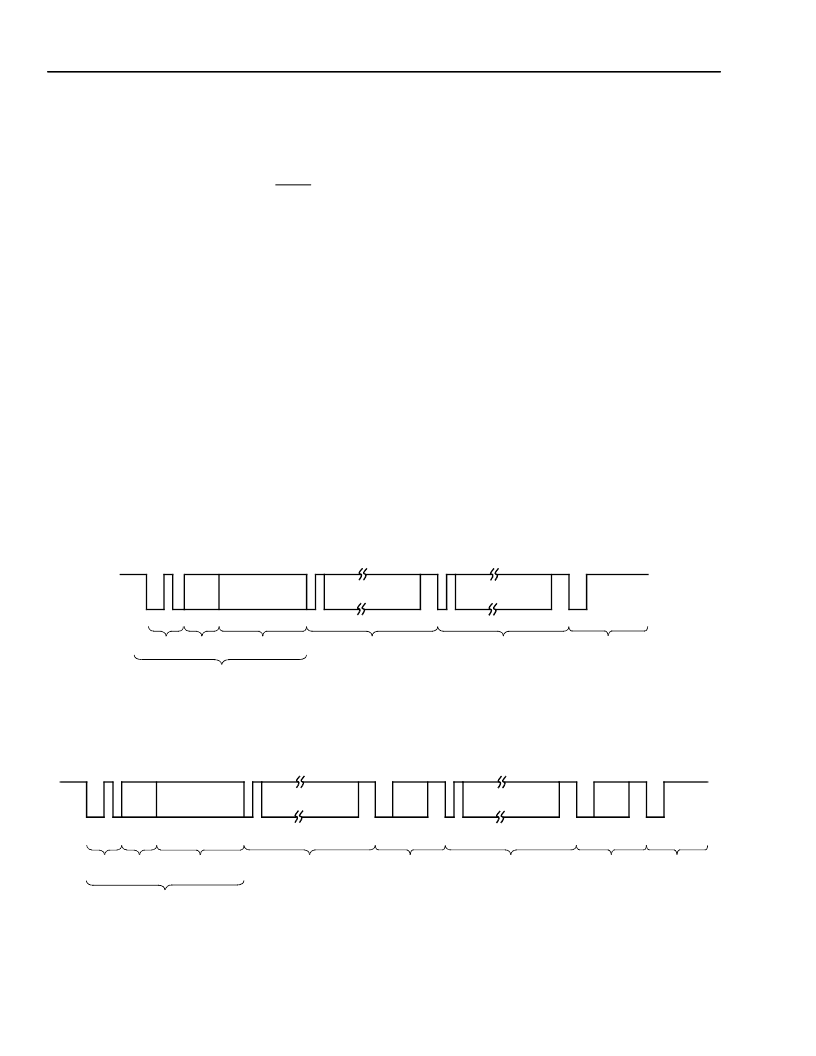- 您現(xiàn)在的位置:買賣IC網(wǎng) > PDF目錄384797 > OR4E6 (Lineage Power) Field-Programmable Gate Arrays(現(xiàn)場可編程門陣列) PDF資料下載
參數(shù)資料
| 型號: | OR4E6 |
| 廠商: | Lineage Power |
| 英文描述: | Field-Programmable Gate Arrays(現(xiàn)場可編程門陣列) |
| 中文描述: | 現(xiàn)場可編程門陣列(現(xiàn)場可編程門陣列) |
| 文件頁數(shù): | 60/132頁 |
| 文件大?。?/td> | 2667K |
| 代理商: | OR4E6 |
第1頁第2頁第3頁第4頁第5頁第6頁第7頁第8頁第9頁第10頁第11頁第12頁第13頁第14頁第15頁第16頁第17頁第18頁第19頁第20頁第21頁第22頁第23頁第24頁第25頁第26頁第27頁第28頁第29頁第30頁第31頁第32頁第33頁第34頁第35頁第36頁第37頁第38頁第39頁第40頁第41頁第42頁第43頁第44頁第45頁第46頁第47頁第48頁第49頁第50頁第51頁第52頁第53頁第54頁第55頁第56頁第57頁第58頁第59頁當(dāng)前第60頁第61頁第62頁第63頁第64頁第65頁第66頁第67頁第68頁第69頁第70頁第71頁第72頁第73頁第74頁第75頁第76頁第77頁第78頁第79頁第80頁第81頁第82頁第83頁第84頁第85頁第86頁第87頁第88頁第89頁第90頁第91頁第92頁第93頁第94頁第95頁第96頁第97頁第98頁第99頁第100頁第101頁第102頁第103頁第104頁第105頁第106頁第107頁第108頁第109頁第110頁第111頁第112頁第113頁第114頁第115頁第116頁第117頁第118頁第119頁第120頁第121頁第122頁第123頁第124頁第125頁第126頁第127頁第128頁第129頁第130頁第131頁第132頁

60
Lucent Technologies Inc.
Preliminary Data Sheet
August 2000
ORCA Series 4 FPGAs
FPGA States of Operation
(continued)
Reconfiguration
To reconfigure the FPGA when the device is operating
in the system, a low pulse is input into
PRGM or a pro-
gram command is sent to the system bus
. The configura-
tion data in the FPGA is cleared, and the I/Os not used
for configuration are 3-stated. The FPGA then samples
the mode select inputs and begins reconfiguration.
When reconfiguration is complete, DONE is released,
allowing it to be pulled high.
Partial Reconfiguration
All ORCAdevice families have been designed to allow
a partial reconfiguration of the FPGA at any time. This
is done by setting a bit stream option in the previous
configuration sequence that tells the FPGA to not reset
all of the configuration RAM during a reconfiguration.
Then only the configuration frames that are to be modi-
fied need to be rewritten, thereby reducing the configu-
ration time.
Other bit stream options are also available that allow
one portion of the FPGA to remain in operation while a
partial reconfiguration is being done. If this is done, the
user must be careful to not cause contention between
the two configurations (the bit stream resident in the
FPGA and the partial reconfiguration bit stream) as the
second reconfiguration bit stream is being loaded.
Other Configuration Options
There are many other configuration options available to
the user that can be set during bit stream generation in
ORCA Foundry. These include options to enable
boundary-scan and/or the MPI and/or the programma-
ble PLL blocks, readback options, and options to con-
trol and use the internal oscillator after configuration.
Other useful options that affect the next configuration
(not the current configuration process) include options
to disable the global set/reset during configuration, dis-
able the 3-state of I/Os during configuration, and dis-
able the reset of internal RAMs during configuration to
allow for partial configurations (see above). For more
information on how to set these and other configuration
options, please see the ORCA Foundry documenta-
tion.
5-5759(F)
Figure 36. Serial Configuration Data Format—Autoincrement Mode
5-5760(F)
Figure 37. Serial Configuration Data Format—Explicit Mode
CONFIGURATION DATA
CONFIGURATION DATA
1 0
0 1
0 1
PREAMBLE LENGTH
ID FRAME
CONFIGURATION
DATA FRAME 1
CONFIGURATION
DATA FRAME 2
POSTAMBLE
CONFIGURATION HEADER
0 0
0 0
COUNT
PREAMBLECOUNT
ID FRAME
CONFIGURATION
DATA FRAME 1
CONFIGURATION
DATA FRAME 2
POSTAMBLE
CONFIGURATION HEADER
ADDRESS
FRAME 1
ADDRESS
FRAME 2
0 0
CONFIGURATION DATA
CONFIGURATION DATA
1 0
0 1
0 1
0 0
0 0
0 0
相關(guān)PDF資料 |
PDF描述 |
|---|---|
| ORT4622 | Field-Programmable System Chip (FPSC) Four Channel x 622 Mbits/s Backplane Transceiver(現(xiàn)場可編程系統(tǒng)芯片(四通道x 622 M位/秒背板收發(fā)器)) |
| ORT8850 | Field-Programmable System Chip(現(xiàn)場可編程系統(tǒng)芯片) |
| OS8740230 | Si Optical Receiver, 40 - 870MHz, 225mA max. @ 24VDC |
| OSC-1A0 | Ultra Miniature TCXO |
| OSC-1A1 | Ultra Miniature TCXO |
相關(guān)代理商/技術(shù)參數(shù) |
參數(shù)描述 |
|---|---|
| OR4E6-1BA352 | 制造商:未知廠家 制造商全稱:未知廠家 功能描述:FPGA |
| OR4E6-1BC432 | 制造商:未知廠家 制造商全稱:未知廠家 功能描述:FPGA |
| OR4E6-1BM680 | 制造商:未知廠家 制造商全稱:未知廠家 功能描述:FPGA |
| OR4E6-2BA352 | 制造商:未知廠家 制造商全稱:未知廠家 功能描述:FPGA |
| OR4E6-2BC432 | 制造商:未知廠家 制造商全稱:未知廠家 功能描述:FPGA |
發(fā)布緊急采購,3分鐘左右您將得到回復(fù)。